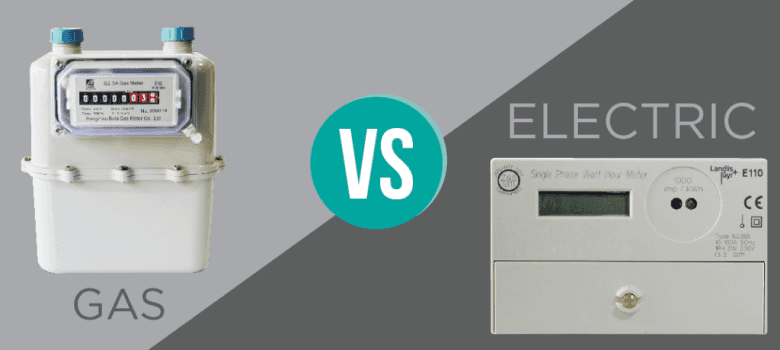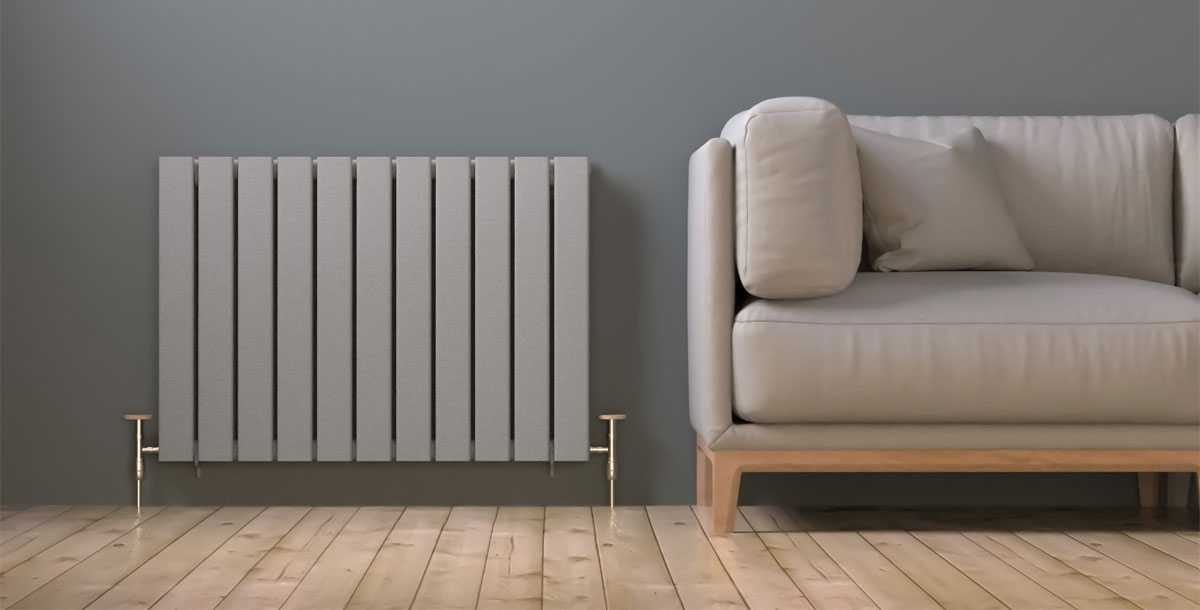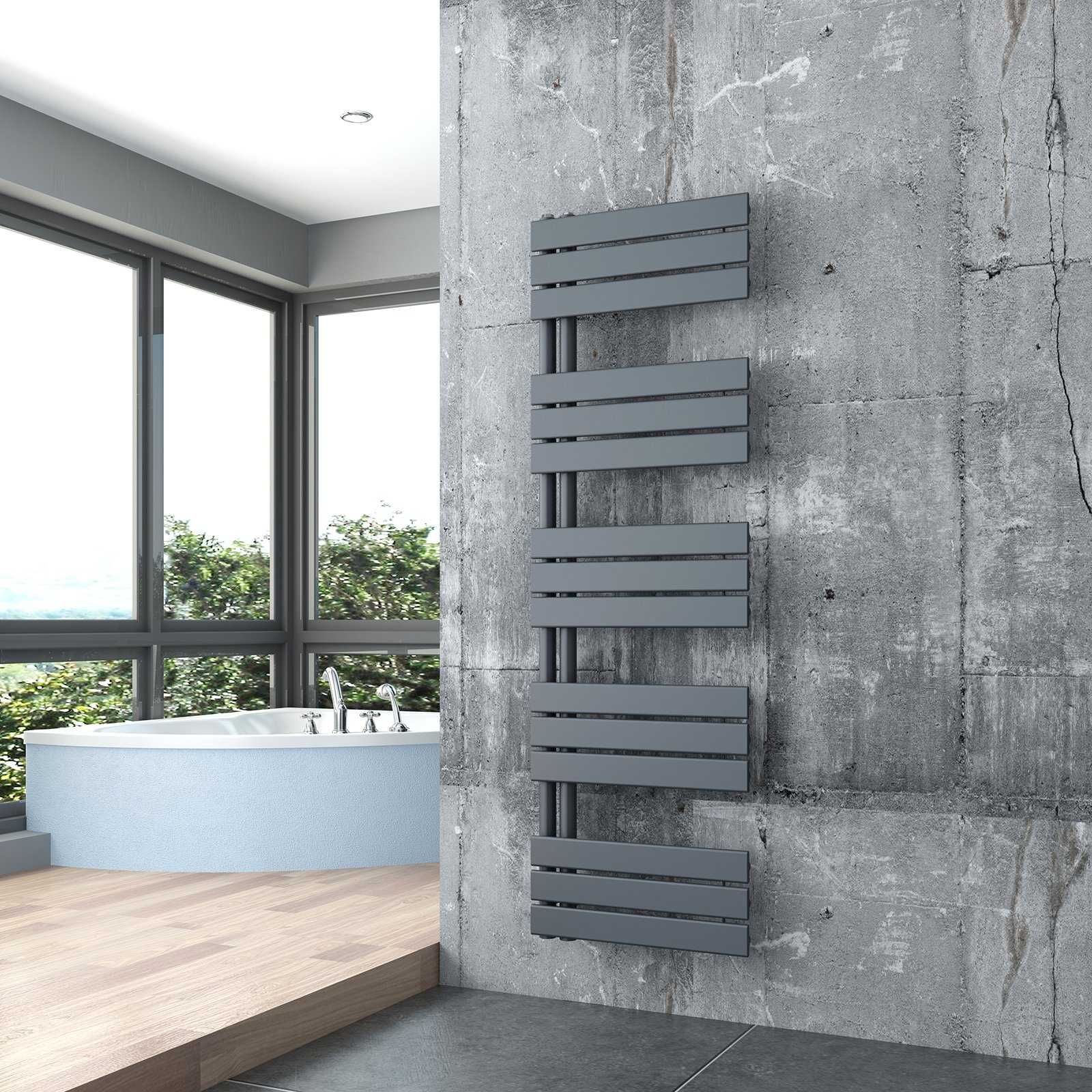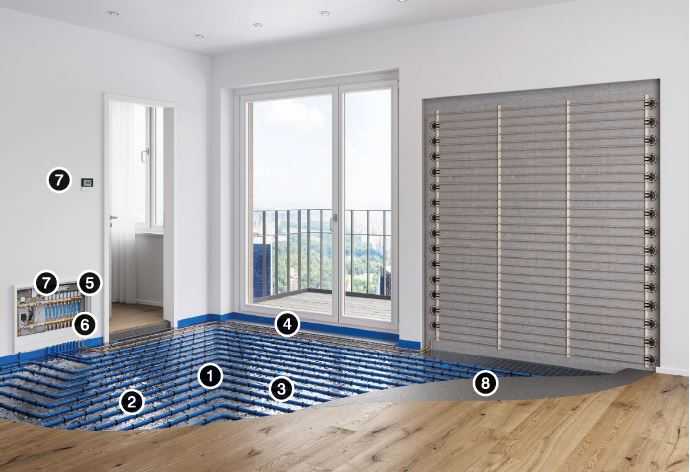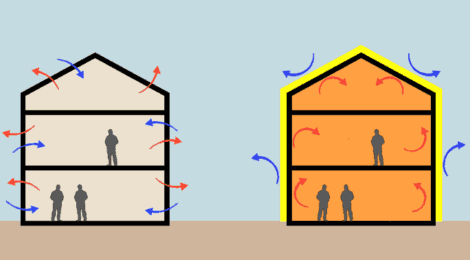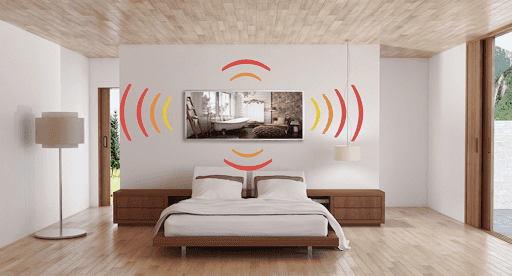The choice of the method of heating our home has the greatest impact on the amount of subsequent costs of its use. Appropriate central heating furnaces provide us with peace of mind for many years. The most popular methods include gas, electric and coal heating. Due to pro-ecological regulations, coal heating is slowly being abandoned in favor of gas or electricity. That is why more and more people are asking themselves whether gas heating will actually be cheaper than electric heating? A separate question is the method of heat dissipation - here, underfloor heating and radiators reign supreme.
The main advantages and disadvantages of electric home heating Electric heating is very comfortable. Thanks to the use of electric heaters, we do not have to spend space on a stove or chimney. This is a very big advantage in small living spaces.
The lack of maintenance is also a big advantage. Each electric heater can operate independently, thanks to which it is very easy to regulate the temperature in individual rooms.
Safety in use is also an invaluable asset - electric heating is not associated with the risk of carbon monoxide poisoning. Temperature regulation is very simple and can be done directly in the living room.
The most serious disadvantage of electric heating is full dependence on electricity supplies. If there is a failure, the heating stops working immediately. If we want to protect ourselves against power failures, we have to buy a large power generator. Unfortunately, such a solution will involve additional expenses.
The cost of installing electric central heating The cost of central heating installation only the price of the electrical panels and the controller are included. We will pay about Eur 1,000 for a set of 11 electric convector heaters with a power of 1,100-1,500 W.
Each of the radiators can be connected directly to an electrical outlet, so we do not have to install central heating throughout the house. We can use the existing energy installation. Installation of the radiator is also very simple, usually two or four wall plugs drilled into the wall are enough.
Electricity and gas heating - annual operating costs
Let us remind you that our house has an area of 150 m2. Let's assume that all rooms are equipped with modern windows and the building is insulated. In this case, the average annual heating energy demand will be approx. 110 kWh / m2 a year. This gives us exactly 16,500 kWh.
To calculate the cost of gas heating, it will be necessary to estimate the calorific value. It is approximately 5 kWh / m3 natural gas. So the result of 16,500 should be divided by 5. This gives us 3,300 m3 of gas per year. The average cost of 1 m3 of natural gas (including all transmission fees) is around Eur 0.50 gross, therefore the approximate cost of heating our house with gas will be around Eur 1500.
Heating the house with electricity - annual costs
For comparison, the cost of 1 kWh of electricity depends on the tariff and ranges from 0.20 to 0.54 Eur (including all additional charges). Thus, the average cost of 24-hour heating for eight months of the year will be Eur 2,240 - 3,560.
Therefore, we can assume that the annual cost of using electric heating is about 50% higher than the cost of heating with natural gas. The only way to reduce your electric heating bills is to buy a special storage stove and take advantage of the double electricity tariff. Thanks to this solution, the stove draws electricity at night and gives it back during the day (when the electricity bill is higher). This allows you to generate savings in the amount of Eur 300 to even Eur 500 per year.
What are the advantages and disadvantages of gas heating? Users' opinions One of the biggest advantages of gas heating is the maintenance-free cycle. The control of the gas furnace is limited only to setting the optimal parameters and performing a technical inspection (once a year). Modern gas stoves are equipped with intuitive and user-friendly controllers that greatly facilitate control over the entire heating system.
Another advantage is the continuity of gas supply. In our country, interruptions in the continuity of natural gas supplies are very rare. Thanks to this, our heating can work continuously. The greatest inconvenience occurs when we do not have a gas connection yet and the gas network is remote. Sometimes, connecting to the property can turn out to be quite a big expense.
Gas installation cost
The main expense is the cost of purchasing a gas furnace. The most popular are traditional, pulse and condensing furnaces.
Traditional stove - it has an open or closed combustion chamber. Structures with an open combustion chamber draw air from the inside of the boiler room. They must therefore be placed in larger rooms. In turn, furnaces with a closed combustion chamber take air from the outside and can be placed in boiler rooms with a minimum size of 6 m2. The cost of purchasing these structures varies between Eur 800 and 5200.
Pulse furnace - burns gas through modern pulse systems. Traditional burners are not used here. This design allows you to save from 30 to 40% of gas. However, it is more expensive than its traditional counterparts. The average cost of purchasing a pulse furnace is around 5000 Eur.
Condensing furnace - apart from gas energy, it also uses gas exhaust. Thanks to this, we can save about 20% of fuel. A condensing furnace is much cheaper than pulsed constructions, but also more expensive than traditional gas furnaces. We can buy it for 3000 - 10000 Euro.
Gas installation price
Suppose we have a house to be heated with an area of 150 m2. To reduce installation costs, we installed a traditional furnace. To calculate the total cost, we must take into account the purchase price of radiators, the cost of supplying heating pipes and installing the entire installation.
In a house with an area of 150 m2, approx. 11 radiators should be installed (optimal power is 1,100-1,300 W). For a high-quality set of heaters, we will pay from EUR 1500 to Euro 3000 euro . The installation of 11 heating points will increase our expenses by another EUR 1000-1,200.
In estimating the total costs, we also take into account the purchase and supply of heating pipes. In a house with an area of 150 m2, it will be necessary to use approx. 80 linear meters of pipes. The total cost of their purchase and assembly will be between EUR 2,000 and EUR 3,000. The price of installing a traditional furnace should not exceed EUR 350.
In summary, our sample house is 150 m2. We installed a traditional gas stove, 11 heaters and 80 meters of heating pipes. The cost of such an installation is about EUR 4,000 - EUR 7,550.
If you would like to receive specific offers from companies interested in the implementation of such orders in your area, just fill in this form. On its basis, companies will send
Final verdict - will electric heating work at home?
Both gas heating and heating with electricity is very easy to use and guarantees high comfort of use. The gas installation requires more space and a special room with a minimum size of 6 m2. The installation costs will be higher due to the necessity to build a chimney and provide heating pipes.
In fact, the electric heating system takes up much less space and is recommended for small, well-insulated single-family houses, as well as for places where there is no gas network.
The cost of installing a gas installation in a house with an area of 150 m2 will be an expense of Eur 4000-5500. In this price variant, a traditional gas furnace was used. The cost of purchasing a pulse or condensing furnace may increase installation expenses by another eur 7-12000.
In turn, the cost of installing electric heating based on a network of independent convector heaters is about eur 1000.
The proportions are completely reversed when we take into account the annual operating costs of the installations in question. According to our calculations, the annual cost of heating a 150 m2 house with gas will be approximately Eur 2200.
In turn, the use of electric heating will generate costs of Eur 2-3 thousand. It is worth remembering that the costs of electric heating can be reduced. It is enough to use a storage heater and sign a contract for a double-tariff electricity supply. Such activities can bring savings of Eur 500-800 per year.
Electric heating - what should you know?
Electric home heating is not the most popular solution. However, more and more people are tempted by trouble-free operation and less time expenditure than is required by central heating with coal or oil stoves. However, like any solution, electric stoves have their advantages and disadvantages. It's not just about the operating costs that users fear the most. There are many factors that affect whether electric heating really pays off.
Operating costs, i.e. disadvantages of electric home heating Of course, the biggest disadvantage is the operating costs. Therefore, electric heating is only suitable for small houses that are very well insulated and economical. If the heat "escapes" somewhere in your home, your money runs away with it, and unfortunately quite a lot of it. For this reason, many people decide to install electric heating as an additional heat source, in addition to central heating and solid fuel stoves. Most often, these are heaters installed in bathrooms or laundry rooms - wherever it is worth heating even outside the heating season. Thanks to this, the fees are much lower, and outside the winter season, we do not have to deal with burning in the stove.
Another undoubted disadvantage of heating a house with electricity is the issue of ecology. The thermal efficiency of electric home heating is much lower than that of central heating. for solid fuels, especially coal or oil, it can be even three times lower. The same means using more resources that are taken to produce electricity.
Electric heating has another disadvantage - when electricity fails, the house immediately gets cold. That is why many people decide to install a fireplace that will give the impression of warmth in at least one room. Of course, electric furnaces that operate on coal and other fuels can also shut down in the event of a failure, but they often manage to reignite or keep the fire alight.
Electric heating of the house - advantages However, supporters of this solution maintain that electric home heating has many advantages. And although the fees are significant, it is worth considering this way of heating your home, if only because it is a problem-free solution. The system is maintenance-free, it does not require replacement from time to time, which involves the renovation of a large part of the house. In addition, it is also easy at the time of installation, you do not have to distribute a network of pipes.
Another advantage is the convenience of such a solution. You can install timers and thermostats that will keep the room at the ideal temperature and lower it during bedtime, to increase it just before waking up. It is also worth installing a radio control system. Thanks to this, you can reduce the temperature inside the house to a dozen or so degrees when the household members are away and raise it just before their return.
Although the fees for using this type of heating are significant, it is worth remembering that at the beginning the investment is not large. Its cost is low compared to a central heating boiler room. The purchase of a boiler, installation of pipes, radiators, and in the case of gas heating also of tanks and permits, amounts to a really large sum. Compared to the purchase and cost of installing convector heaters, equipped with a fan controlling the heat circulation, it is really very high.
